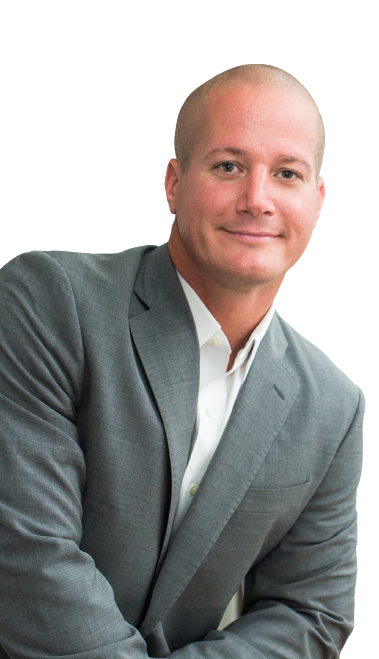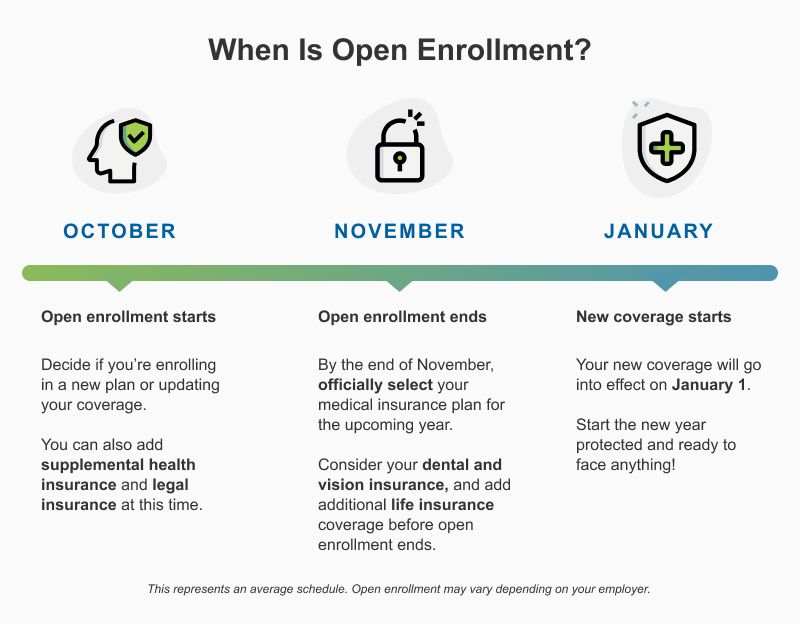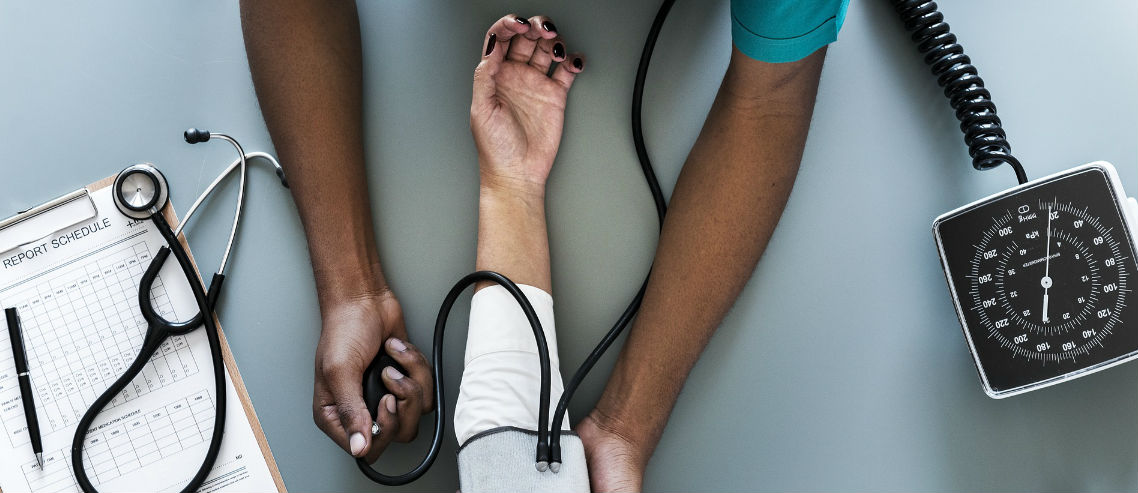The 30-Second Trick For Medicare Advantage Agent
Facts About Medicare Advantage Agent Uncovered
Table of ContentsThings about Medicare Advantage AgentNot known Factual Statements About Medicare Advantage Agent The Only Guide for Medicare Advantage Agent


follows from confusing the perplexing young reasonably profile of account uninsured with without insurance better health, health and wellness average, of younger persons. For those without access to workplace health and wellness insurance coverage, inadequate wellness is a possible obstacle to purchasing nongroup protection because such coverage may be extremely priced, omit preexisting conditions, or be simply unavailable. Unless or else kept in mind, national quotes of individuals without wellness insurance policy and percentages of the populace with various kinds of insurance coverage are based on the CPS, the most commonly used source of price quotes of insurance policy protection and uninsurance prices.

Get This Report on Medicare Advantage Agent
The partnership in between wellness insurance coverage and accessibility to care is well established, as documented later in this phase. The connection between wellness insurance coverage and wellness outcomes is neither direct neither easy, a substantial clinical and health and wellness solutions research study literature web links health insurance protection
to improved access to care, better far better, and improved personal and population health wellnessStanding The second record, on individual health outcomes for uninsured grownups, is represented by the inner circle of the number, while the third report, on family members health, includes the topics of the 2nd record but stresses a different unit of analysis, namely, the family.
Additionally, it focuses particularly on those without any kind of medical insurance for any size of time. The problems dealt with by the underinsured are in some aspects similar to those faced by the without insurance, although they are normally much less extreme. Uninsurance and underinsurance, however, entail distinctly different plan problems, and the approaches for resolving them might differ. Throughout this research and the five records to comply with, the primary focus is on persons without any medical insurance and hence no assistance in spending for healthcare beyond what is offered with charity and security net organizations. Medical insurance is an effective element impacting receipt of treatment because both people and doctors react to the out-of-pocket price of solutions. Medical insurance, nevertheless, is neither necessary nor sufficient to access to medical services. Nonetheless, the independent and straight impact of health and wellness
insurance policy coverage on accessibility to health solutions is well developed. Others will obtain the healthcare they need also without wellness insurance coverage, by spending for it out of pocket or seeking it from companies who offer treatment free or at highly subsidized rates. For still others, medical insurance alone does not ensure receipt of treatment due to the fact that of various other nonfinancial obstacles, such as an absence of health treatment providers in their area, restricted accessibility to transportation, illiteracy, or linguistic and social differences. Official research study about without insurance populaces in the United States dates to the late 1920s and very early 1930s when the Committee on the Expense of Treatment created a series of reports concerning financing medical professional office sees and hospital stays. This issue came to be salient as the numbers of medically indigent climbed up throughout the Great Depression. Empirical studies constantly sustain the web link in between accessibility to care and improved health and wellness outcomes(Bindman et al., 1995; Starfield, 1995 ). Having a routine resource of treatment can be taken into consideration a forecaster of access, rather than a straight measure of it, when health and wellness end results are themselves used as access indicators. This expansion of the notion of access measurement was made by the IOM Board on Monitoring Gain Access To to Personal Healthcare Solutions(Millman, 1993, p. Whether or not parents are guaranteed shows up to impact whether or not their children get treatment along with just how much careeven if the kids themselves have insurance coverage(Hanson, 1998). The wellness of moms and dads can influence their capability to care for their youngsters and the degree of family members anxiety. Stressing concerning their kids's access to care is itself a source of stress for moms and dads. 3 phases comply with in this report. Chapter 2 provides an overview of how employment-based health insurance, public programs and individual insurance plan operate and engage to give comprehensive but insufficient coverage of the united state population. This includes a testimonial of historical fads and public laws influencing both public and exclusive insurance, a discussion of the communications amongst the various kinds top article of insurance, and an exam of why people relocate from one program to an additional or end up
